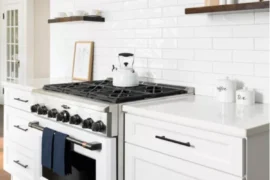Hanging a tapestry can transform a bland wall into a vibrant focal point, injecting personality and warmth into any space. Whether you’re aiming for a bohemian flair, a minimalist touch, or a cozy, eclectic vibe, there are countless ways to display these versatile pieces of art.
In this article, we will explore ten creative methods for how to hang tapestry, ensuring that regardless of your style or skill level, you’ll find the perfect approach to showcase your fabric masterpiece. From traditional techniques to innovative hacks, these options will inspire you to think beyond the ordinary and elevate your home décor with ease.
Rod and Brackets
One of the most traditional and secure methods of hanging a tapestry is by using a rod and brackets. You’ll need to sew a rod pocket on the back of the tapestry or use curtain rings with clips. This method allows for easy removal and repositioning, and the rod can add a decorative touch. Heavy-duty brackets ensure that even larger tapestries are well-supported.

Velcro Strips
Velcro strips provide a clean and minimalist way to hang your tapestry. Sew or glue one side of the Velcro to the top edge of your tapestry and attach the other side to the wall. This method is especially handy for renters or those who like to change their decor frequently, as Velcro strips can be easily removed without damaging the wall.
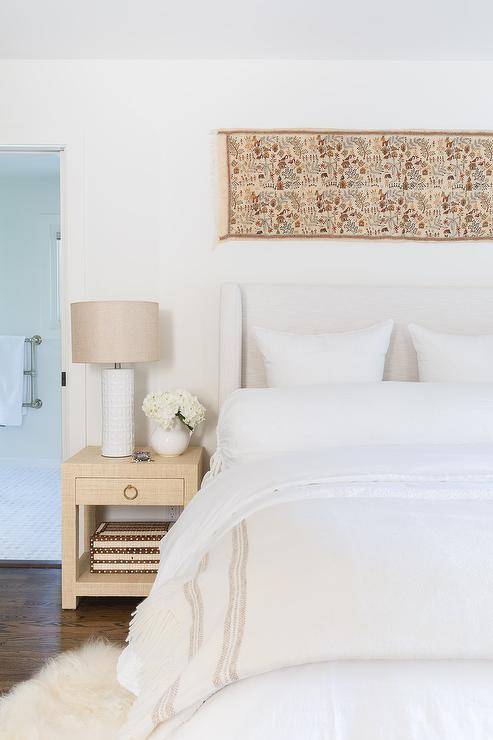
Tapestry Hangers
Specially designed tapestry hangers are available in different styles, including bars that clamp onto the top edge of the tapestry. These hangers distribute the weight evenly and prevent the tapestry from sagging. Some designs are quite ornate, adding an extra decorative element to your display.

Command Hooks
For a no-damage approach, Command hooks are an excellent choice. These hooks come with adhesive strips that can hold substantial weight and are removable without leaving marks. You can use several hooks along the top edge of your tapestry to ensure even support. This method is ideal for light to medium-weight tapestries.

Wooden Frame
Stretching your tapestry over a wooden frame, similar to how you would stretch a canvas, not only protects the fabric but also gives it a sleek, modern appearance. This method involves stapling the edges of the tapestry to the back of the frame. It’s a more permanent solution but ensures the tapestry remains taut and wrinkle-free.
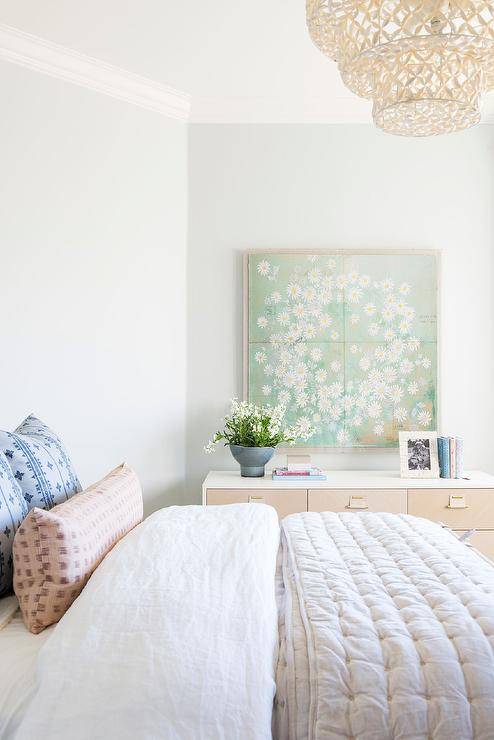
Curtain Rods
Similar to the rod and brackets method, curtain rods offer versatility and ease of installation. They come in various styles and finishes, allowing you to match the rod to your existing decor. Use curtain rings with clips for a casual look, or sew a rod pocket for a more polished appearance.

Binder Clips
For an industrial or minimalist look, binder clips can be used to hang a tapestry. Simply attach the clips along the top edge of your tapestry and hook them onto nails or screws in the wall. This method is budget-friendly and gives a quirky, laid-back vibe.
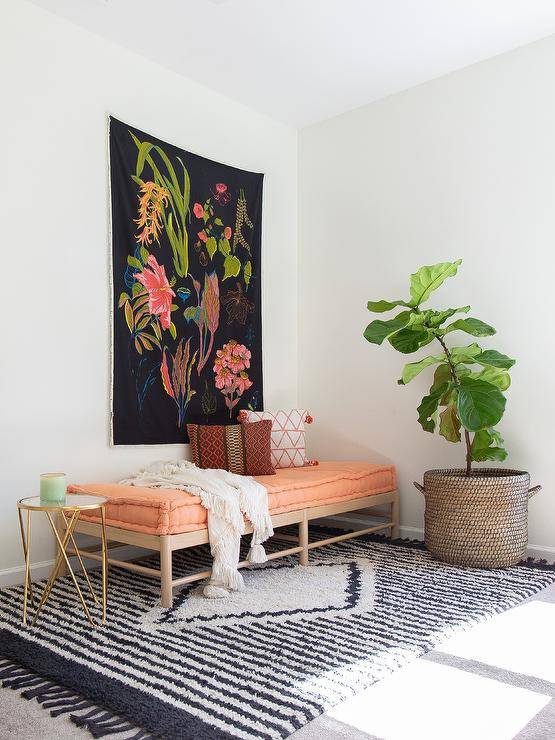
Clothespins and String
Create a rustic or bohemian display by hanging your tapestry with clothespins on a string or wire. Secure the string between two hooks or nails on the wall and use the clothespins to attach the tapestry. This method is particularly charming for smaller tapestries and adds a whimsical touch to your decor.

Stapling
If you’re looking for a very secure and permanent solution, stapling the tapestry directly to the wall is an option. Use a staple gun to attach the tapestry along the edges, making sure to pull it taut as you go. This method works well for large wall-sized tapestries but requires careful placement to avoid damaging the wall and tapestry.
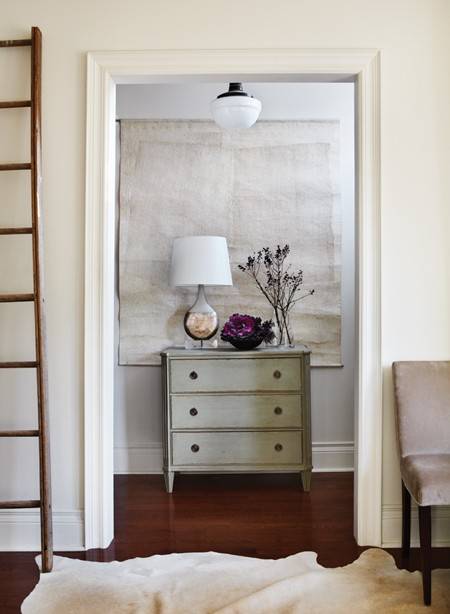
Magnetic Hangers
Magnetic poster hangers are a modern and sleek way to display tapestries. These hangers consist of two sets of magnets that clamp onto the top and bottom edges of the tapestry. The magnets hold the fabric securely without causing any damage, and the design allows for easy swapping of different tapestries.

Hanging a tapestry can be as straightforward or as creative as you desire. Whether you prefer a traditional rod and brackets, the minimalist approach of Velcro strips, or the bohemian charm of clothespins and string, there’s a method to suit every style and space. Experiment with these twelve techniques to find the perfect way to showcase your tapestry and enhance your living space.
Related Articles
- 10 Home Decor Trends to Bid Farewell in 2024
- Slow Decorating: What It Is and Why It Works
- 10 Simple Decor Ideas to Make Your Home More Stylish
Ready to bring new life to your home? Subscribe to our newsletter for exclusive interior design tips, trends, and ideas that will transform your space. Click here to subscribe!
Frequently Asked Questions (FAQs)
What are the best methods for hanging a tapestry without damaging the wall?
There are several methods to hang a tapestry without causing damage. You can use adhesive wall hooks, Velcro strips, or removable adhesive strips. These options are perfect for renters or those who don’t want to make permanent changes. Additionally, you can use a curtain rod with brackets if you want a more decorative look.
How do I hang a tapestry if I don’t want to put holes in my tapestry?
To avoid putting holes in your tapestry, you can use clips or curtain rings. Attach the clips or rings to the top edge of the tapestry and then hang them on a rod or hooks. This method is gentle on the fabric and allows for easy removal and repositioning.
What tools will I need to hang a tapestry with nails or screws?
If you choose to hang your tapestry with nails or screws, you’ll need a few basic tools: a hammer or screwdriver, nails or screws, a level to ensure your tapestry hangs straight, and potentially wall anchors if you’re hanging a heavy tapestry on drywall. Measure and mark the spots where the nails or screws will go to ensure even spacing.
Can I hang a tapestry on a brick wall, and if so, how?
Yes, you can hang a tapestry on a brick wall. Use brick clips or hooks that are specifically designed for hanging items on brick. These clips grip onto the brick without drilling, making them a great option for preserving the integrity of the wall. Alternatively, you can use masonry screws if you’re comfortable drilling into the brick.
What’s the best way to hang a large, heavy tapestry?
For large or heavy tapestries, it’s best to use a rod and brackets to distribute the weight evenly. Install sturdy brackets on the wall, and then slide a rod through a pocket sewn into the top of the tapestry. This method provides good support and prevents sagging. Ensure that the brackets and rod can handle the tapestry’s weight.
How high should I hang my tapestry?
The ideal height for hanging a tapestry depends on the size of the tapestry and the height of your wall. Generally, it should be centered at eye level, which is around 57 to 60 inches from the floor. If the tapestry is large, you may need to adjust the height to ensure it looks balanced in the space.
How can I keep my tapestry from wrinkling or sagging after it’s hung?
To keep your tapestry from wrinkling or sagging, ensure it’s hung tautly. You can use a rod and pocket method for even tension. Also, consider using weighted clips or a dowel at the bottom of the tapestry to keep it smooth and hanging straight. Regularly check and adjust if needed to maintain its appearance.
